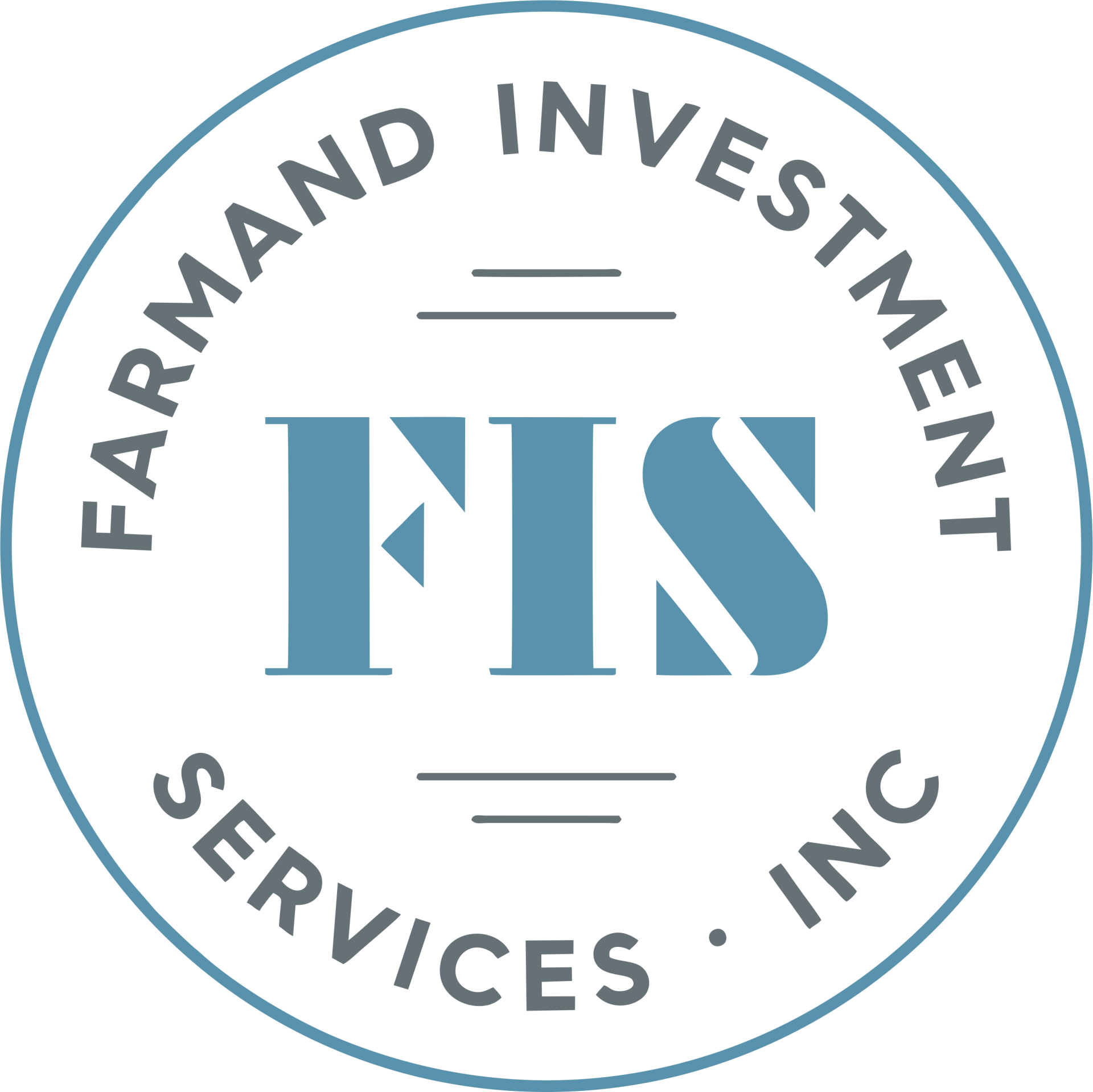Quarterly Investment Update - 1st Quarter 2023
Dear Clients and Friends,
After a red-hot start to the year, the stock market has stalled out in February and March and now some investors are questioning whether we are going back into a bear market.
The S&P 500 rose 6.2% in January, one of its best January performances ever. In fact, since 1950, the S&P 500 has risen 6% or more in January in just ten separate years. The results are even better when stocks popped in January after having a bad showing in the previous year, which is exactly the situation we have in 2023. That has happened four times since 1950. Each time stocks rose by more than 20% through the entire year. Barring a black swan event, history says it has a very good chance of being the start of a big stock market breakout that lasts for at least the rest of this year.
During the last few weeks, three important pieces of economic data were released. We are talking about February’s Consumer Price Index (CPI), the Producer Price Index (PPI) and February retail sales. The CPI was up 0.4% in February and is now reviving at a 6% annual pace. That is down from 6.4% in January and is the smallest increase since September 2021. The PPI fell 0.1% in February, below the estimate for a 0.3% increase. Year-over-year prices rose 4.6%, which is down substantially from 5.7% in January. Then the Commerce Department reported that retail sales fell 0.4% in February, which was in line with expectations.
During their March meeting, the Federal Reserve did what all of Wall Street had anticipated and raised key interest rates by twenty-five basis points. However, the big news was the Federal Open Market Committee (FOMC) statement. The previous FOMC statements typically had the phrase “we are going to have ongoing rate increases.” However, this phrase was missing from the March FOMC statement. In addition, the Federal Reserve has not ever discussed “tightening credit conditions” during this rate-hike cycle. Yet, Powell mentioned it about a dozen times in the post-meeting press conference. He kept saying repeatedly that because of the bank failures, credit conditions are tightening. He wanted to emphasize to everyone that bank lending standards are tightening. Tighter credit conditions mean it is harder to get access to capital. The harder it is to get access to capital, the less capital consumers and businesses have at their disposal. The less capital they have at their disposal, the less they spend. The less they spend, the lower inflation goes.
Inflation and falling stock prices were the prevailing themes of 2022, but in 2023, disinflation and rising stock prices are the prevailing themes. Also, leading indicators of labor market strength have weakened over the past two months, implying that the stubbornly hot labor market is finally cooling. In addition, while the banking crisis appears to be contained for now, it has put banks on edge. Historically speaking, whenever financial stress measures spike to levels like this, the Federal Reserve typically supports financial markets with either a rate pause or rate cuts. Stocks tend to follow that action with big rallies. Given falling inflation trends, deteriorating labor market conditions and spiking financial stress measures, it appears very likely that the Federal Reserve will pause its rate-hike campaign very soon. We are hopeful that a Fed pause in May or June will spark a big stock market rally that will spill into a new bull market.
To understand our investment strategy, we need to first understand the behavior patterns of stocks. In the short-term, stocks are driven by several factors such as geopolitics, interest rates, elections, recession fears and so on and so forth. In long term, however, stocks are driven by one thing, fundamentals. That is, at the end of the day, revenues and earnings drive stock prices. If a company’s revenues and earnings trend upward over time, then the company’s stock price will follow suit and rise. Conversely, if a company’s revenues and earnings trend downward over time then the company’s stock price will drop. Therefore, the historical correlation between earnings and stock prices is about as perfectly correlated as anything gets in the real world. At the end of the day, earnings drive stock prices.
During the quarter, we took advantage of the market volatility by reducing our Equity portion of our portfolios and increasing our Fixed Income portion of our portfolios. We sold some overweighted equity positions and invested the proceeds by adding more U. S. Treasury Notes and Bills that have one-year maturities.
As far as our investment strategy is concerned, we continue to maintain our standard two-pronged strategy, which is to maintain a substantial exposure to common stocks (and mutual funds) as long as there is reasonable prospect for double – digit returns. Furthermore, we will continue to take profits more frequently so that we could gradually increase our weighting in cash as well as the fixed income portion of our portfolios. During the quarter, we continued with our average asset allocation mix of 40%-50% Equity, 40%-50% Fixed Income and 0%-20% cash for most of the portfolios.
We want to thank all of you for giving our firm the opportunity to serve you. We thank you very much for the trust and confidence you have placed in our firm as it is always appreciated. Please contact us should you have any questions or comments. Also, we want to invite you to visit our website at www.farmandinvestments.com for a quick Retirement calculator, our latest firm news and Market Commentary Archives.

